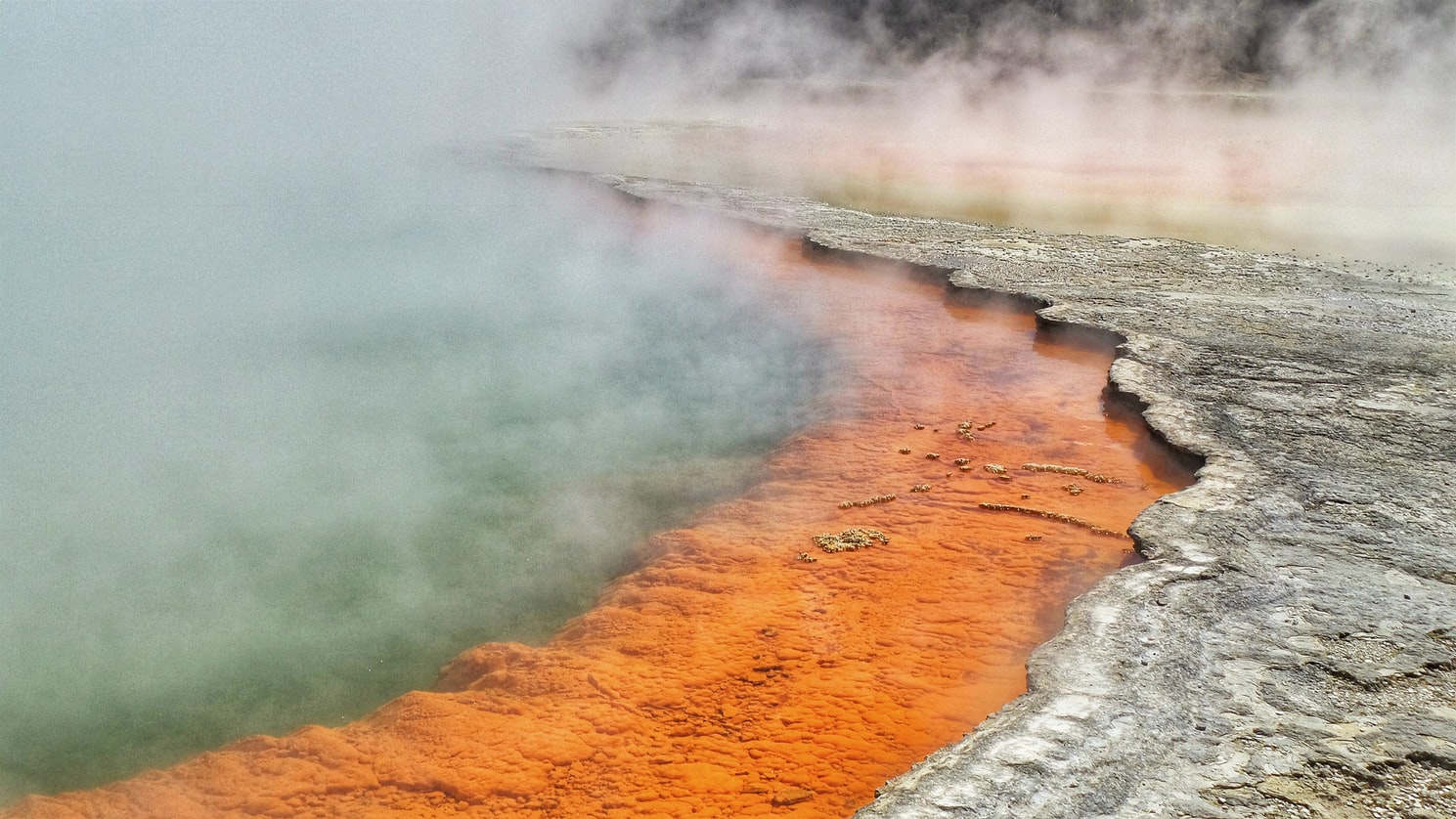Tiến sĩ Isabelle Chambefort – lãnh đạo của dự án địa nhiệt thế hệ tiếp theo GNS – giải thích nó như thế này: “Địa nhiệt siêu tới hạn sâu đề cập đến các chất lỏng siêu nóng được tìm thấy sâu trong trái đất. Các chất lỏng siêu tới hạn tồn tại ở nhiệt độ và áp suất cao hơn điểm tới hạn mà các pha lỏng và khí khác biệt không tồn tại”, bà nói.
“Chúng thể hiện hàm lượng nhiệt cao hơn và mật độ thấp hơn nước lỏng và do đó có tiềm năng tạo ra năng lượng nhiều lần so với các nguồn địa nhiệt thông thường cho cùng một lượng chất lỏng chiết xuất.”
Đối với nước tinh khiết nhiệt độ siêu tới hạn lớn hơn 374 độ C, và các chất lỏng đang được tìm kiếm được dự kiến sẽ được tìm thấy ở độ sâu lớn hơn 4km.
Trên toàn thế giới, việc tạo ra năng lượng từ địa nhiệt siêu tới hạn vẫn đang trong giai đoạn phát triển và không phải không có những thách thức của nó – mặc dù có lẽ không phải trên quy mô đặt ra bởi 150 triệu độ C cần thiết bên trong một tokomak.
Chambefort cho biết các sáng kiến địa nhiệt sâu đang được tiến hành ở một số quốc gia. “Tuy nhiên, không một quốc gia nào sử dụng thành công một hồ chứa địa nhiệt siêu tới hạn. Cả Nhật Bản và Iceland đều không thành công trong việc đưa các dự án siêu tới hạn thí điểm của họ đến một giai đoạn mà họ có thể tạo ra điện một cách đáng tin cậy.”
Công việc ở New Zealand đã “tiến triển tốt”, và bao gồm quan hệ đối tác mạnh mẽ với các đội địa nhiệt ở một số quốc gia.
Một cuộc khảo sát về lĩnh vực này, dẫn đầu bởi Thomas Reinsch từ trung tâm nghiên cứu quốc gia của Đức về khoa học đất rắn và được công bố vào năm 2017, lưu ý: “Một số vấn đề nghiêm trọng đã gặp phải trong khi cố gắng xử lý và sử dụng chất lỏng từ các hồ chứa địa nhiệt ở điều kiện nhiệt độ và áp suất vượt quá điều kiện siêu tới hạn của nước.”
Kỹ thuật khoan sáng tạo và hoàn thiện tốt là cần thiết để đối phó với nhiệt độ khắc nghiệt và thành phần hóa học chất lỏng tích cực của các hệ thống như vậy. Các chất lỏng xuất phát từ một giếng ở Iceland đã rất ăn mòn và mài mòn, nghiên cứu cho biết.
Hơn 25 giếng sâu khoan trong các lĩnh vực địa nhiệt đã gặp phải nhiệt độ trên 374C. Những giếng đó ở Mỹ, Nhật Bản, Ý, Iceland, Mexico và Kenya.

















































